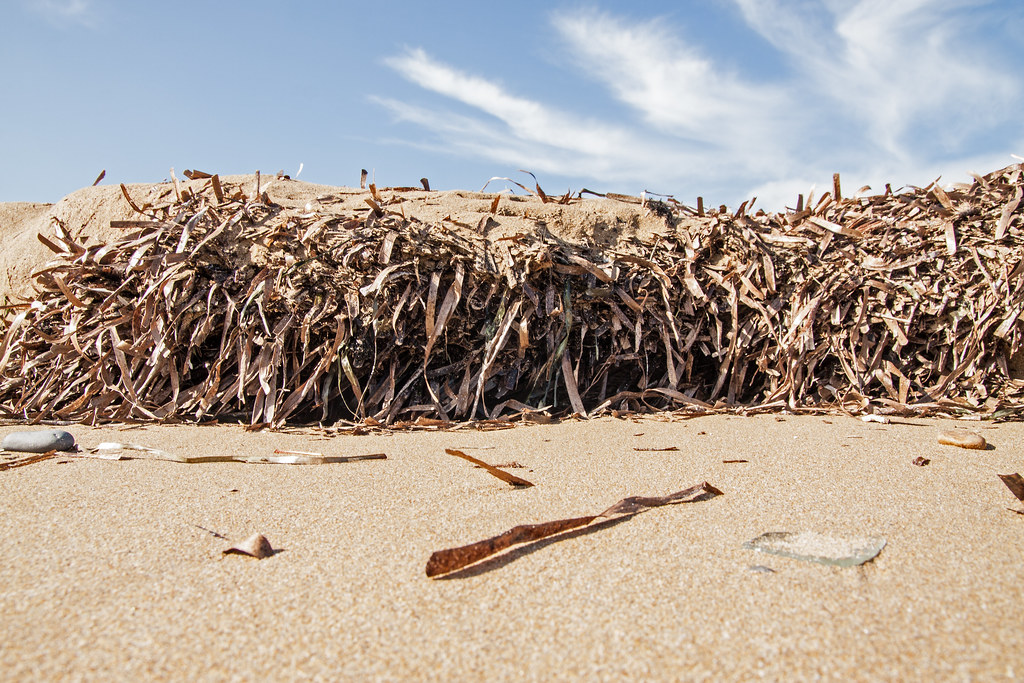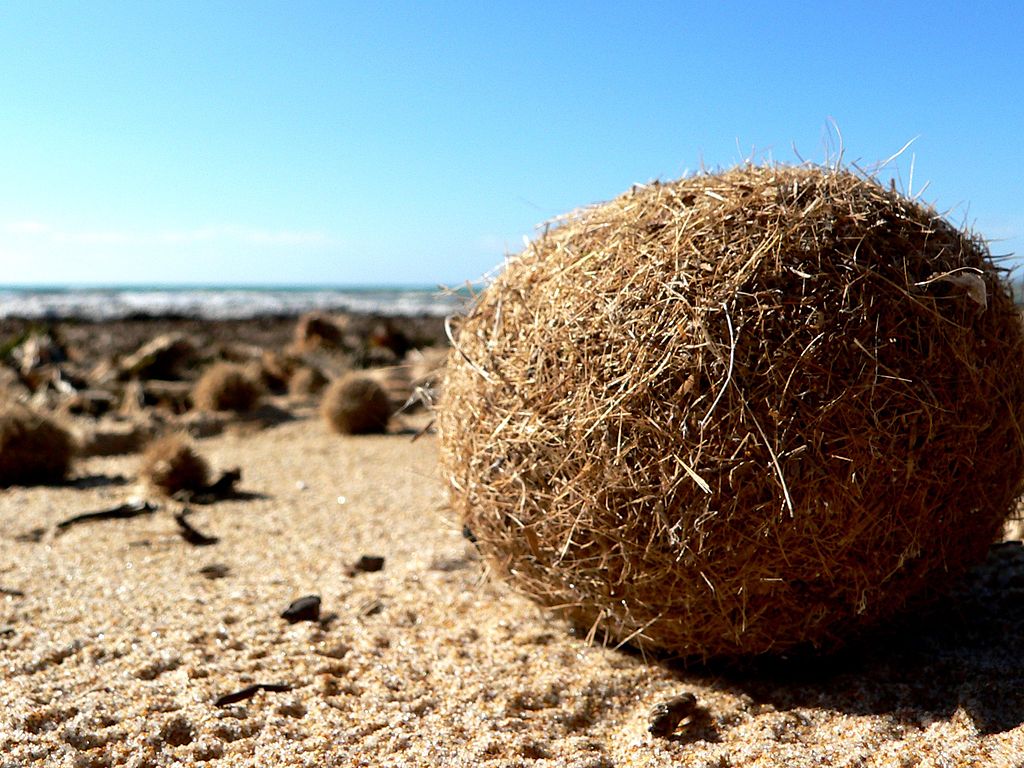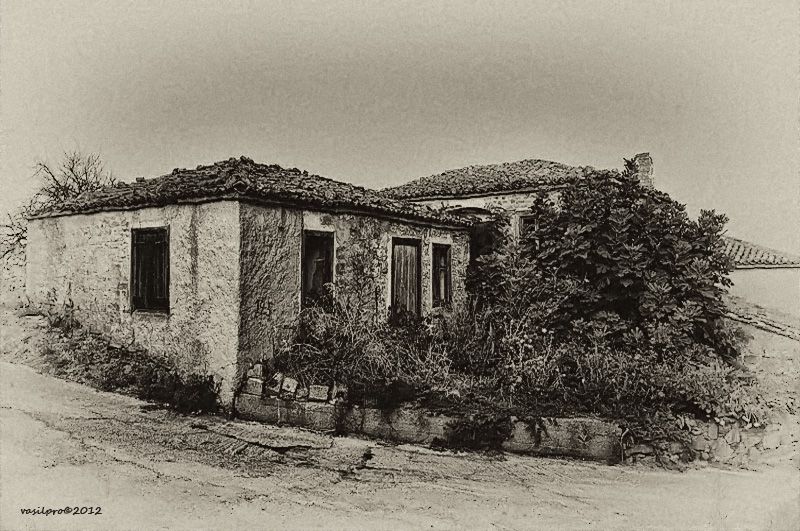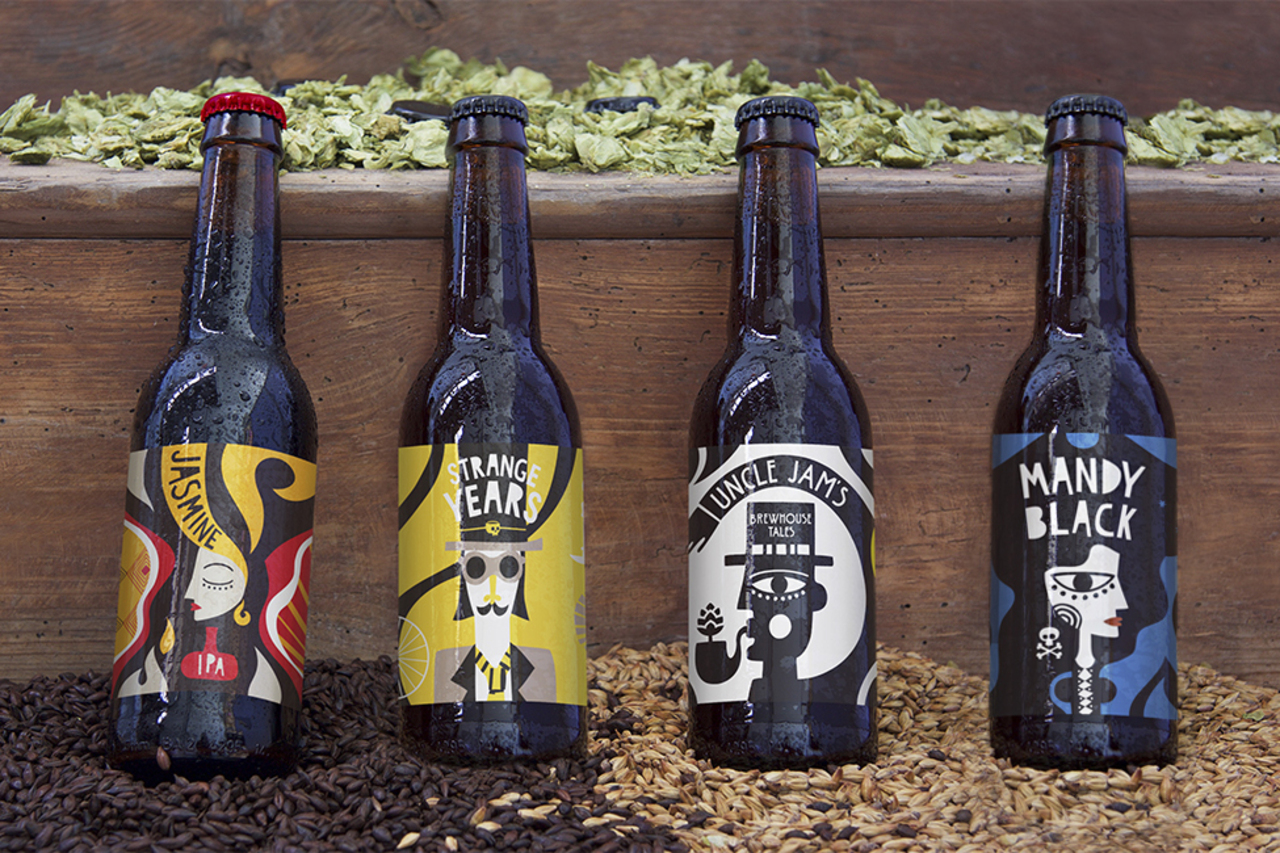Look mummy! I am the seaweed monster! Said the kid playing in a pile of seaweed by the shore. ‘Oh god, replied the mom. Lets go wash you off! This seaweed is everywhere!’

The seaweed you might find stacked in piles in various parts of Keros beach, is an important part of the beach and it’s ecosystem. It is called Posidonia oceanica, named after the Greek God Poseidon, and ‘oceanica’ referring to the large underwater meadows that it spreads to.
Here at Keros, the winter South storms bring and stack the seaweed on the beach, especially on the North East part. Where exactly it is going to stack, depends on the direction of the last storms, currents etc, but it usually stacks on the North and North east part of the bay.
As summer starts and the warm, dry, meltemi winds start to occur daily, the upper layer of the stacked seaweed starts to dry and fly off downwind. So eventually the seaweed starts to move to the South part of the beach, into a perpetual circle.
Many municipalities tend to ‘clean’ the seaweed off beaches at the start of each summer period, but lately there is more and more information and education about the importance of Posidonia for the ecosystem and the beach.
During South storms, Posidonia stacks up on the beach mixed up with sand and other organic materials, and not only form a micro-ecosystem, but also a barrier that protects the beach and sand dunes from further erosion.
With no seaweed, Keros would probably be a totally different place, perhaps destroyed by the power of the South storms.
So, hate it or love it, Posidonia seaweed is very important for the landscape and ecosystem of Keros beach.

Fun Fact 1
Along with the Posidonia seaweed, you will definitely observe hairy balls of fibrous material formed from its foliage, known as egagropili.

Fun Fact 2
In the old days, the locals used to use the seaweed from Keros beach to make insulation for their roofs. It is a natural material providing excellent thermal insulation. As more and more synthetic building materials became available to the island, this technique became abandoned.




